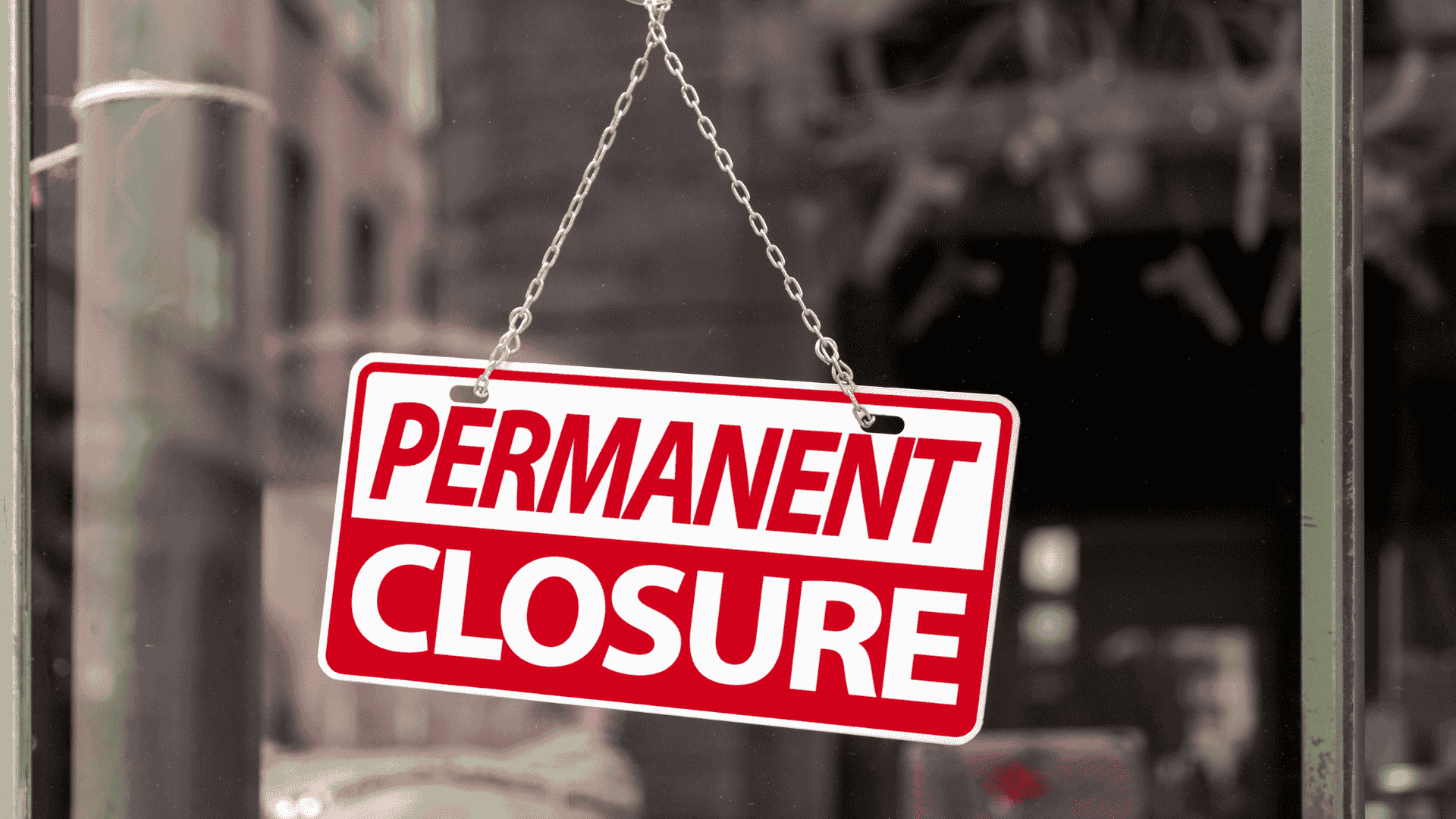It can take time to decode the jargon that’s used by staff and management in a hospitality setting. But speaking the same lingo is important – it can help to break the ice with colleagues, and ensure that service runs smoothly and efficiently. This glossary will hopefully provide an overview of the critical terms and phrases that are regularly used by cafes and restaurants in seating customers, and providing exemplary service.
Table Management system (TMS)
Software used by hospitality venues that allow customers to reserve a table online – ResDiary being a primary example. These reservations are typically allocated to a particular section of the restaurant, in accordance with the venue’s floor-plan. A TMS system often includes a range of other features, including (but is not limited to) the processing of payments and deposits, and booking notifications that help to reduce no-shows.
Pen and Paper
Refers to the manual recording of reservations in a diary or notebook.
No-shows
A customer reserves a table at a venue, but doesn’t attend nor do they provide due notice. Venues can face significant costs as a result of no-shows as the table may remain unoccupied having potentially turned down other reservations as it was reserved for guests who did not show up.
Covers
Refers to the number of diners. Venues use covers to forecast revenue. For instance, they might try to work out the maximum number of covers (diners) that can be seated in a day/evening.
Time-slots
The times that are available to book online. Typically ResDiary users chose to take bookings in 15 or 30 min intervals. So bookings time slot available online are 6.00pm, 6.15pm, 6.30pm… etc
Seating Duration
Refers to the length of time a customer has at their table. Some venues prefer to let earlier bookings know about their seating duration so that they can ensure that the table is vacated for a later booking.
Yield Management
Managing yield of volume of customers (covers) per time-slot. Eg there are no more than 10 covers allowed to book at 7.00pm and then no more than 5 covers at 7.15pm etc.
Close-outs
A strategy to prevent or block customers from making a reservation within a particular table, time-slot, area, service, day, or recurring period eg. every Sunday and Monday.. A primary reason as to why venues might use close-outs is to ensure that they can fit in as many customers as possible, without overwhelming the kitchen (for instance, they might have two-hour time slots between 6pm and 8pm – and close out 7pm – so they can focus on filling that reservation time).
Walk-ins
Customers who arrive at the venue without making a reservation
Wait-list
Also known as W8list is a list of customers that did not get a reservation or table and are waiting to see if a table might come available. Restaurants use the W8list for all customers so they have flexibility with time and table, so customers will get an SMS when a table is available.
Expected Arrivals
This is a list of customers with confirmed bookings in time order, the restaurant can filter and order this list differently if they want.
Floor-plan
A visual map or blueprint of the venue. A floor-plan helps staff organise reservations, and seat guests at an appropriate table.
Electronic Point of Sales (EPOS or POS) system
Technological infrastructure primarily used to process transactions, but with other benefits.
Front of house
Refers to customer-facing staff roles (i.e. processing payments, serving meals, organising check-ins/check-outs etc)
Back of house
Refers to any job that isn’t guest-facing (kitchen jobs, office jobs and so on)
Booking channel
Where guests make a digital reservation. This can include Google, social media, the venue’s website or a promotional outlet like Quandoo or Restaurant Hub in New Zealand and Australia, or DesignMyNight in the UK.
Booking diary
Where all bookings are managed, organised and processed. Can be online, or offline.
Booking codes
Short-hand used by hospitality staff to describe important elements of a particular booking. Customer booking codes can help staff provide personalised service. For instance, a certain icon might indicate a particular dietary requirement, a pre-order or payment or a special request made by a customer
Very Important Customer (VIP)
Usually refers to a regular, or returning customer who is highly valued by the venue. Staff often find it useful to record details – such as their usual order, the table where they typically prefer to dine, or special dates such as birthdays or anniversaries – and provide alerts when they make a booking so they can offer personalised service. Recording VIPs details can help staff provide personalised service, even with staff turnover.
Staff retention and turnover
Refers to the venue's capacity to keep staff (the former) or the number of staff who have left the venue (the latter).
Promotions
Special deals, events or offerings that raise the profile of the venue. Promotions are typically used to inspire new guests to attend the venue, and to inspire guests to return.
Contactless
Interactions that do not require face-to-face contact with staff members (i.e. contactless booking & payments)
Planogram
A strategy for shelving and displaying products
SKU (Stock Keeping Unit)
A number assigned to products to assist with inventory management
Disclaimer: This guide is general in nature and does not take into account your individual circumstances. Before acting on any information, you should consider whether this is right for your business.



.jpg)